Roads That Tell Stories: How Modern Surfacing Shapes the Way We Travel
Every road has a story. More than just tarmac under tires, roads reflect choices, technology, community needs, and the future of mobility. In this post, we’ll explore how modern road surfacing does more than pave routes — it helps shape how we live, move, and connect.
1. The Road as a Narrative Device
When you drive through a city, cross a rural region, or travel along a highway, pavement is part of the experience. Each stretch of road hints at:
- Local priorities — investment in smooth lanes, bike paths, or shared streets
- Engineering ambition — roads that adapt to heavy loads, extreme weather, or high traffic
- Community character — aesthetic surfacing choices, colored asphalt, decorative markings, or special textures
By choosing the right materials and techniques, a surfacing company contributes to the visual and functional identity of a place.
2. Comfort, Safety & Perception: The Traveler’s Experience
A well-surfaced road changes how travelers feel:
- Smoothness and ride comfort — less vibration, fewer jolts, and reduced wear on vehicles
- Noise reduction — quieter surfaces make neighborhoods more pleasant and reduce fatigue on long drives
- Skid resistance & drainage — better grip and quicker water runoff improve safety, especially in wet conditions
- Visual consistency — uniform color and texture reduce driver distraction and convey professional care
These “soft” benefits build trust — people feel safer and more comfortable when the surface feels well-engineered.
3. Sustainability & Innovation in Surfacing
Today’s road stories are also about responsibility and forward thinking:
- Recycled materials & reclaimed asphalt (RAP) — reducing raw material use, cutting waste, and lowering carbon footprints
- Warm‐mix and cold‐mix asphalt technologies — less energy use, lower emissions during production
- Porous or permeable pavements — managing stormwater, reducing flooding, and supporting urban resiliency
- Noise-absorbing surfaces — designed to dampen tire noise in residential zones
- Smart roads & sensor integration — embedding sensors or conductive paths for EV charging or traffic monitoring
These technologies make roads smarter, greener, and part of the infrastructure conversation around climate and cities.
4. Telling Local & Cultural Stories via Design
Roads can celebrate local identity:
- Using colored asphalt or decorative paving in historic districts
- Incorporating artistic crosswalks, patterns, or pictorial inlays
- Matching surfacing to architectural themes or municipal branding
- Designing multi-use corridors that unify pedestrian, cycle, and vehicular movement
When done thoughtfully, surfacing becomes a canvas, not just a functional layer.
5. How These Stories Influence Decisions
From a planning or client perspective, this narrative mindset helps:
- Justify upfront investments: clients see long-term returns not just in durability but in image and legacy
- Differentiate your services: offering aesthetic or smart-surface options sets you apart
- Connect with community stakeholders: projects that “look good and feel good” gain social support
- Anticipate future needs: roads built now should support future mobility, climate adaptation, and technology
Bringing It Back to You
As surfacing professionals, our mission isn’t just to lay asphalt — it’s to help communities and clients tell the stories they want the world to see. Whether that’s a quiet neighborhood street, a busy commercial corridor, or an innovative smart high-way, the surface speaks volumes.
If you’re planning a surfacing project and want your road to say something meaningful — in shape, function, and sustainability — contact us today for a consultation and quote.

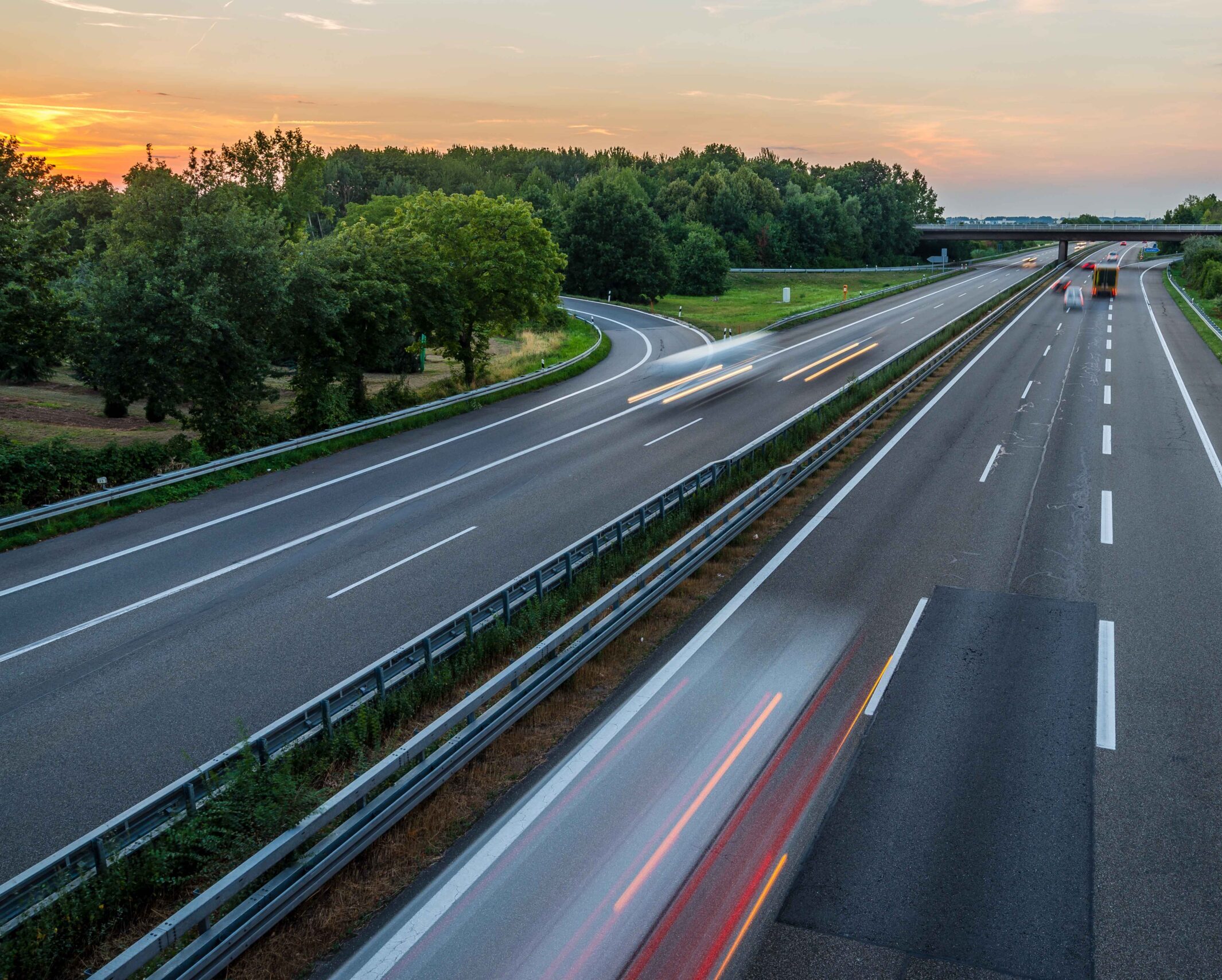
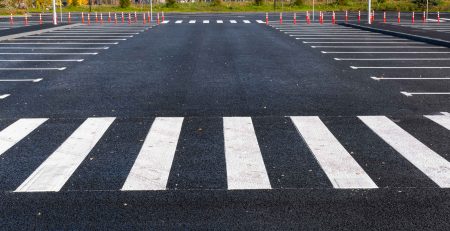
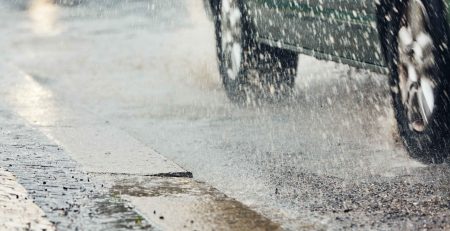
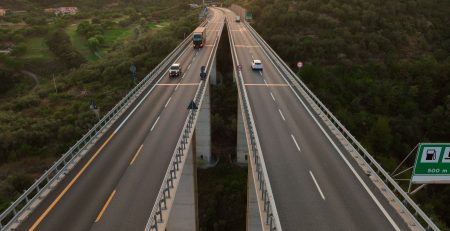
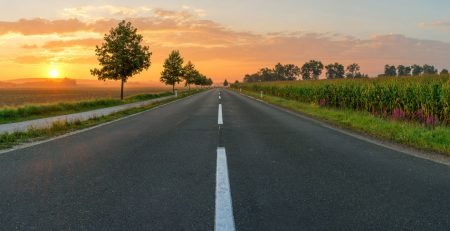
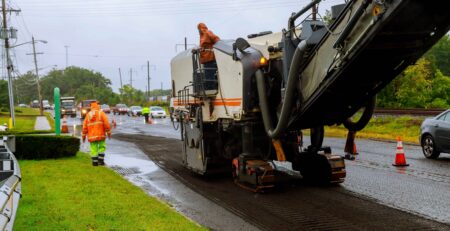
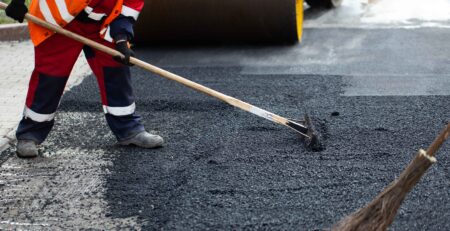
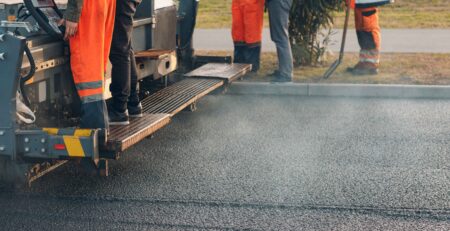
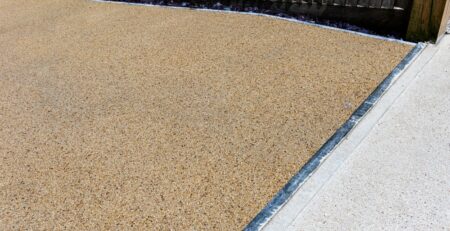
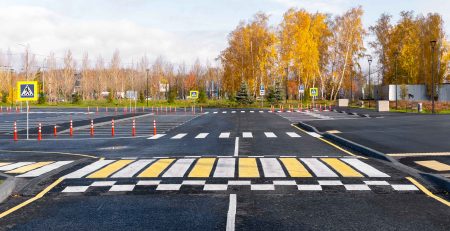
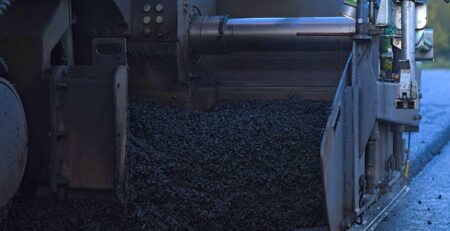
Leave a Reply